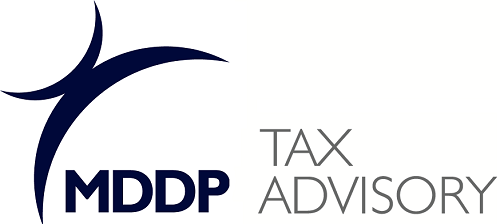- The method for calculating the VAT gap has remained unchanged for years and is available on the Ministry of Finance website.
- The VAT gap is calculated based on national accounts published by GUS, using an accrual basis from February to January of the following year.
- Estimates for 2022-2023 show a significant increase in the VAT gap despite systemic changes like anti-inflation shields and energy compensations.
- In 2023, the VAT gap was 13.5 percent.
- Current estimates indicate a reduction in the VAT gap in Poland to 6.9 percent in 2024.
- The VAT gap is the difference between potential VAT revenues based on consumption and actual VAT revenues on an accrual basis.
- The top-down method is used for estimating the VAT gap, utilizing detailed GUS statistical data on the tax base.
- Key elements of the VAT economic base include private consumption, investments, and intermediate consumption by government and non-commercial sectors.
- Extrapolation methods and expert assumptions are used to estimate the VAT gap.
- In 2024, the VAT gap was approximately 6.9 percent of theoretical revenues, around 21.5 billion PLN.
Source: gov.pl
Note that this post was (partially) written with the help of AI. It is always useful to review the original source material, and where needed to obtain (local) advice from a specialist.
Latest Posts in "Poland"
- VAT Without Invoice Cannot Be Considered a Tax-Deductible Expense, Court Rules
- VAT Exemption for Ambulance Services: Not Limited to Disasters, Court Rules
- Developer’s Contribution to Water-Sewage Network Expansion Subject to VAT, Court Rules
- Museum VAT Deductions: Full for Commercial Use, Partial for Mixed Spaces, Court Rules
- Asian Gangs and VAT Fraud: How Europe Loses Billions Annually














